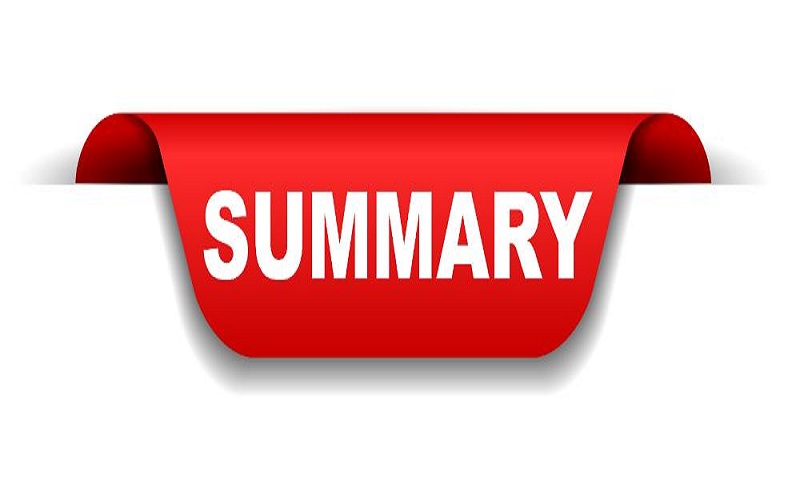
What Is the Summary Sheet in Hard Money Lending?
Applying for a hard money loan can be quite a bit different from completing a commercial loan application with an institutional lender. It is not a big deal. Hard money lenders are private lenders who do things a little bit differently. For example, most hard money lenders expect a summary sheet with the loan application. What is a summary sheet?
A summary sheet is a one-page sheet that provides basic information up front. It is the hard money equivalent of a cover letter that accompanies a job application. A loan officer can scan a summary sheet and get a pretty good idea of whether a loan application is worth looking at in detail.
Just the Facts, Please
Summary sheets do not have to be prepared with any particular format in mind. However, they should be fact-based. A summary sheet is not a place for a long winded description of the borrower’s mission statement and business plan. It is intended to provide a summary of facts to help the loan officer quickly get an idea of what he is looking at.
Key Summary Sheet Information
So, what exactly is on a summary sheet? That depends on the lender and the purpose of the loan. However, Salt Lake City’s Actium Partners says most summary sheets cover some key points:
1. Loan Amount
It goes without saying that the summary sheet should include the loan amount. How much do you want to borrow? How much of your own money are you prepared to put into the deal? This is the starting point for any loan application, be it hard money or traditional.
2. Collateral Details
Collateral is everything in hard money. Therefore, a summary sheet offers details of the collateral a borrower is offering. Typically, this means real estate. The borrower would include the type of property, its address, and any other pertinent information.
3. Collateral Value
Hard money lending decisions are based mostly on collateral value. It is normal for a summary sheet to include an estimated value along with an explanation of how that value was determined.
4. Desired Loan Terms
It helps lenders a great deal when summary sheets include a preferred loan term. According to Actium Partners, hard money loans generally don’t exceed two years. A borrower can request 6 months, 12 months, etc.
5. Anticipated Closing Date
Speed is often a factor in hard money deals. In other words, borrowers need funding as quickly as possible to close on their projects. To help facilitate a faster decision and funding, it helps to include an anticipated closing date on the summary sheet.
6. Lien Position
The next item, lien position, could make or break a loan application. A general rule of thumb says that hard money lenders want to be in the first position. They do this for their own protection. If a lender expects to be in the second or third position, approval is a lot harder to grant.
7. An Exit Strategy
In hard money, the exit strategy is the means by which the borrower expects to repay the loan on its maturity date. An exit plan could be anything from arranging traditional finance to selling the property. Either way, the summary sheet should include a description of the borrower’s exit plan.
A well-structured and easy-to-read summary sheet makes life easier on hard money lenders. Summary sheets make it easier for lenders to know what they are looking at before they start diving into the details. If you are planning to apply for a hard money loan, know that you might have to supply one.


